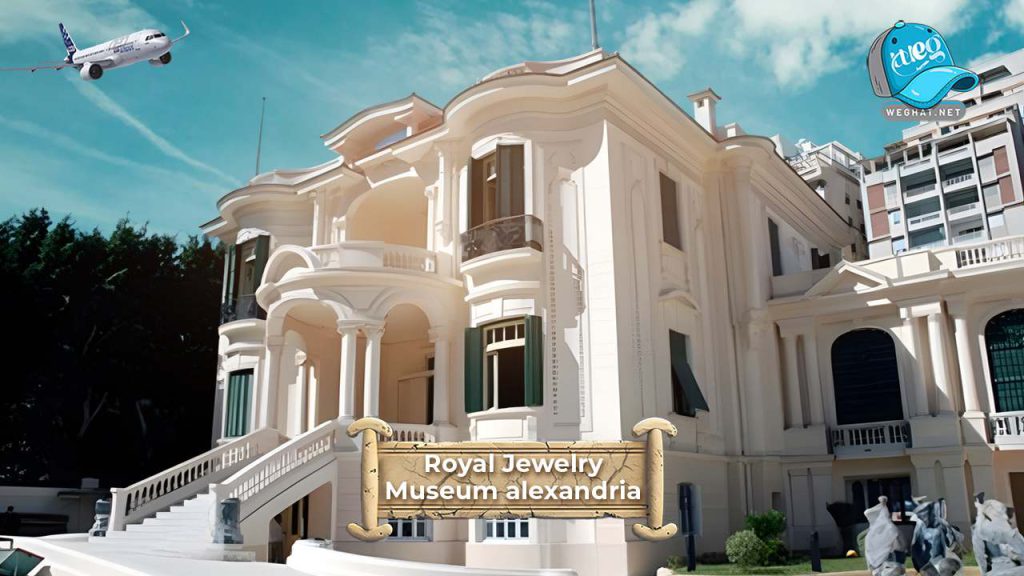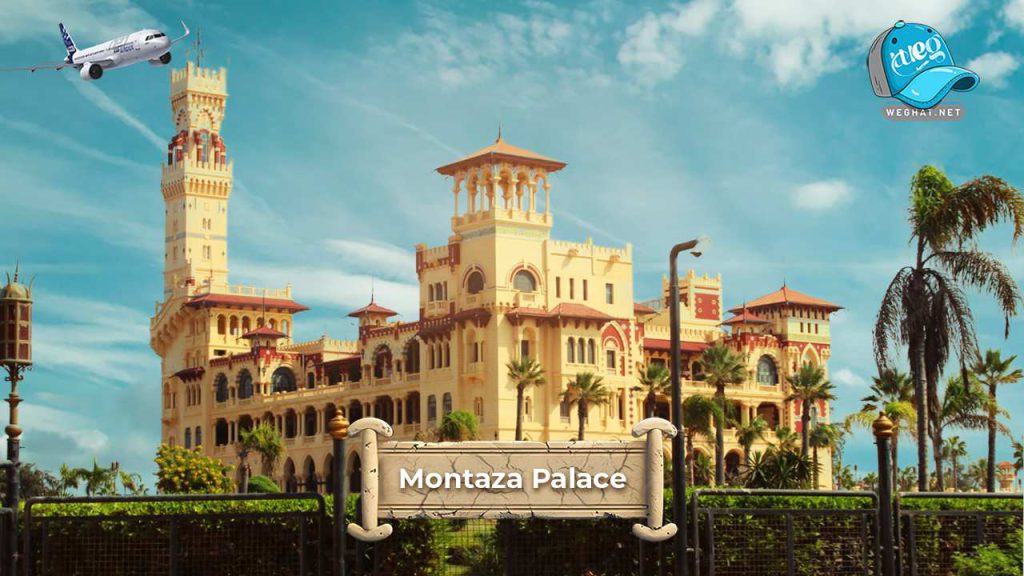Rommel Museum: Your Next Travel to Matrouh
Marsa Matrouh is a city with a rich history, especially during World War II. One of the most notable sites that embodies this history is the Rommel Museum. The museum stands as a testament to the desert battles between the Allied and Axis forces in North Africa.
In this article, we will take an in-depth look at the Rommel Museum, its history and significance, the artifacts it houses, the activities you can enjoy during your visit, and the role Marsa Matrouh played during World War II.

Table of contents
Who is Erwin Rommel?
Before diving into the museum’s details, it’s important to shed light on the figure for whom it is named. German General Erwin Rommel is considered one of the most renowned military leaders in modern history, known as the “Desert Fox” for his skillful desert warfare tactics during World War II.
Rommel led Axis forces in North Africa, securing several victories against Allied forces before his defeat at the Battle of El Alamein. He spent a brief period in a cave in Matrouh, which later became the Rommel Museum.
History and Location of the Rommel Museum
The Rommel Museum is located within a natural cave carved into a mountain, overlooking Rommel Bay, about 2 kilometers from central Marsa Matrouh. Rommel reportedly used this cave as a temporary headquarters while strategizing military operations against the Allies in North Africa.
After the war and the Axis defeat, the cave remained abandoned for a long period until it was transformed into a museum in 1988, honoring Rommel’s role in the desert campaigns. The cave itself, as a natural formation, adds a unique character to the site, making it a significant landmark in the city. The Rommel Museum now serves to document that historical period and showcase the military and personal artifacts of the German general.
Design of the Rommel Museum
The Rommel Museum features a unique and minimalist design, preserving the natural essence of the caves. Thanks to its strategic location, this natural cave served as a safe haven for Rommel and his troops, hidden from Allied forces.
The museum consists of several rooms connected by narrow passageways, with each room displaying a collection of historical artifacts related to World War II and specifically to Rommel.
A Strategic Location
Rommel’s choice of Marsa Matrouh as a base was not coincidental; it was due to its strategic importance during World War II. The Egyptian desert became the stage for several decisive battles between the Axis powers, led by Germany and Italy, and the Allied forces, led by Britain.
Marsa Matrouh holds significant strategic value, located close to El Alamein, the site of one of World War II’s most pivotal battles. The city’s geographic position made it a crucial launching point for German forces in their attempts to advance toward Cairo and the Suez Canal.
Rommel selected this cave as a strategic headquarters due to its fortified location, overlooking the sea on one side and sheltered by the mountain on the other. This provided natural protection from air raids and allowed him to monitor enemy movements in the area. Today, the museum’s cave walls house wartime artifacts and Rommel’s plans, offering visitors a glimpse into the difficult days of this renowned military leader.
Contents of the Rommel Museum
The Rommel Museum houses a collection of artifacts related to the time Rommel spent in the area. It offers visitors a chance to explore the history of the war from a military leader’s perspective, as well as to understand the conditions of World War II in North Africa. Here are some of the key exhibits:
Military Weapons and Equipment
The museum showcases an array of weapons and military equipment used by Axis forces during World War II. This collection includes rifles, pistols, military helmets, and scale models of tanks and war vehicles employed in desert battles.
Military Maps
One of the most notable exhibits is a set of military maps used by Rommel in his battle planning. These maps illustrate the positions of German and British forces across North Africa, highlighting the strategies Rommel employed to achieve his victories. The maps are displayed alongside Rommel’s personal notes, providing an in-depth view of his military plans.
Personal Belongings
The museum also features some of Rommel’s personal items, including his military uniform, glasses, and office supplies he used while residing in the cave. These pieces offer insight into Rommel’s daily life during the war, adding a human touch to the famed military figure.
War Documents and Archives
In addition to the weapons and equipment, the museum holds a collection of historical documents related to World War II. These include battle reports, correspondence between Rommel and his commanders, and military orders issued during the North African campaign. These documents give visitors a deeper understanding of the challenges the German forces faced during that period.
Tourism at the Rommel Museum
The Rommel Museum offers visitors a unique experience where they can walk among historical artifacts and immerse themselves in the atmosphere of World War II within a natural setting that retains much of the site’s original authenticity.
The museum is organized to help visitors explore historical events through its displayed items and documents, while also gaining insight into Rommel’s character and military style.
Guided Tours
The museum provides guided tours led by knowledgeable guides, which enhance the visitor experience by offering thorough explanations of the site’s history and exhibits. These tours help visitors connect more deeply with the historical events.
Interactive Displays
In addition to traditional exhibits, the museum features interactive displays using modern technology, such as audio-visual presentations that illustrate battle details. These interactive experiences bring the visit to life, making visitors feel as though they are part of the historical events themselves.
Conclusion
The Rommel Museum in Marsa Matrouh is one of Egypt’s most prominent historical landmarks, blending the richness of history with the beauty of nature. The museum offers visitors a unique opportunity to explore an important period of World War II history and to gain insight into Rommel’s character and military tactics.
Now that you’ve learned the key information about Rommel Museum in Matrouh, you can explore more tourist places in Matrouh.
You can also check out the most famous tourist places in Egypt.
To visit our official Facebook page.






